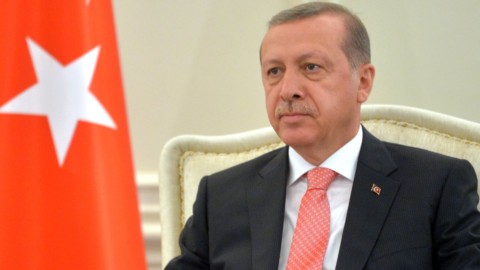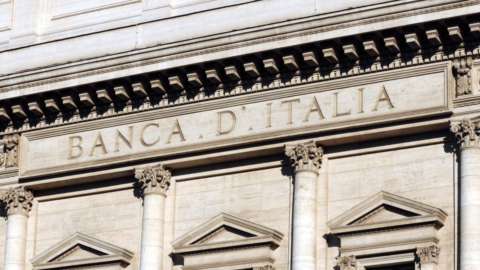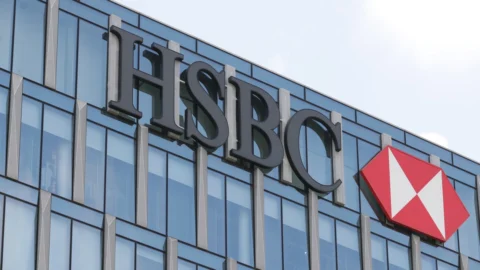La Turkey – whose national football team meets Italy tonight in a now useless match for the World Cup qualifiers in Qatar – it grew economically by 10,3% in 2021, explains atradius, thanks to expansionary monetary, credit and fiscal policies introduced in response to the pandemic, and to the rebound in export demand. Private consumption and investment increased by 11,7% and 6,4% respectively, while exports grew by as much as 22,4 percentage points. Revenues in the tourism sector have doubled since 2020, up to $25 billion.
Türkiye: GDP slows down in 2022
However, GDP growth expected to slow to 2022% in 2,5, followed by a 2,6% expansion in 2023. The monetary policy easing led to a sharp depreciation of the lira at the end of last year, which in turn caused inflation to soar (48,7 % in January 2021). Persistently high inflation (expected at 37% in 2022) and rising rollover costs of subsidized loans are putting a strain on household budgets. Private consumption will expand by just 3% this year, while investment is expected to contract by 2,5%. However, export growth is expected to remain robust above +9%.
Effects of the war in Ukraine on Türkiye
Furthermore, the Turkish economy will not be exempt from fallout from the war in Ukraine, the effects of which will be felt in the short term by the instability on international markets due to the increase in commodity prices. Second ISPI, the jump in oil prices will increase the trade balance deficit, given that the country depends almost entirely on imports to meet its energy needs. With over 33% of gas supplies, Russia is Turkey's top supplier. Furthermore, Russia is the third largest trading partner, after Germany and China, with an import-export of 34,7 billion dollars in 2021, and the second supplier after China with Turkish imports close to 29 billion, while Turkish exports are just under 6 billion.
The collapse of the Turkish lira
The fort depreciation of the lira at the end of 2021 the burden on firms with large exposure to foreign currency denominated debt increases. Many companies pay high interest rates on loans and suffer from the weaker value of the local currency on foreign debt repayments. The weak lira credit risk also increases for firms operating in import-oriented industries, while lacking exports or foreign exchange earnings. Producer prices have started to rise, mainly affecting energy-intensive industries and sectors that depend on imported raw materials and components.
Inflation in Türkiye
A significant rise in consumer prices was recorded in transport (+75,75%), and in food and non-alcoholic beverages (+64,47%), further affecting the purchasing power of large segments of the population turkish. The increase in the price of wheat will also have an impact not only on the current account deficit but also on the consumer prices of flour and derivatives. In fact, although Turkey produces about half of the grain it consumes, 78% of its imports come from Russia and Ukraine.
The problems of the central bank
The exchange rate of the Turkish lira has already shown considerable volatility in 2018 and 2019, and large capital outflows from emerging markets in the first quarter of 2020 have led to a sharp depreciation. The devaluation trend continued in the following months. To avoid a currency devaluation-high inflation cycle, the Central Bank had adopted a more orthodox monetary policy stance, raising the key interest rate several times until March 2021. However, in the same month President Erdogan had the governor relinquish his mandate, raising serious doubts about the authority's independence monetary and the main credit institution.
The new monetary policy
With the aim of supporting credit growth and stimulating investment, the government reversed monetary policy again. Since September 2021, the interest rate has been cut by 500 basis points to 14%. This has made the real interest rate deeply negative. Consequentially in 2021 the Turkish lira depreciated sharply against the dollar: by 45% since the beginning of the year and by 38% since September 2021. Here then is that the sharp drop in the exchange rate has led to a deterioration in public finances, since more than 50% of public debt is issued in foreign currency (it was less than 40% in 2017).





